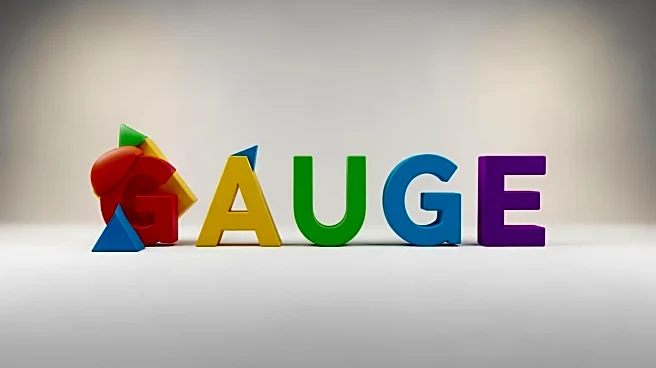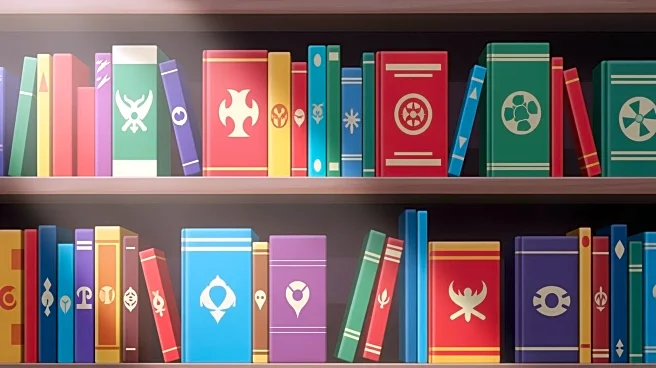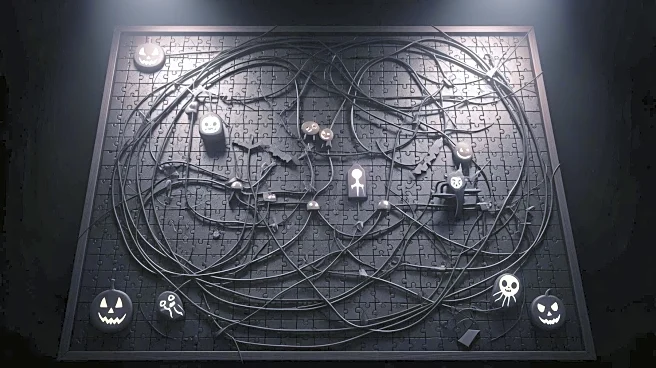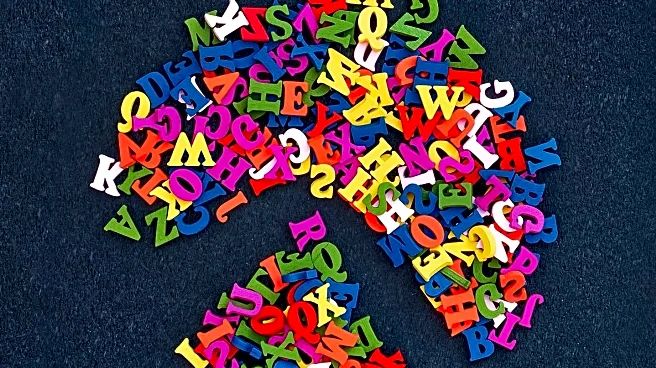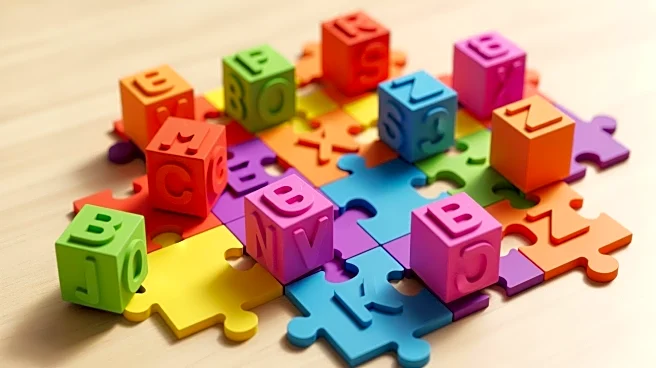What's Happening?
Natan Last, a renowned crossword puzzle creator, is set to release a new book titled 'Across the Universe: The Past, Present, and Future of the Crossword Puzzle' in November. Known for his themeless puzzles published in prestigious outlets like the New
Yorker and the New York Times, Last's book delves into how crosswords serve as mirrors of cultural trends and biases. The book promises to offer insights into the evolution of crossword puzzles and their role in reflecting societal changes. The release is anticipated by crossword enthusiasts and cultural analysts alike, with Last's reputation as both a puzzle creator and a writer adding to the excitement.
Why It's Important?
Crossword puzzles have long been a staple of American culture, providing entertainment and intellectual challenge to millions. Natan Last's exploration of their cultural significance highlights the broader impact of seemingly simple games on societal norms and biases. By examining the historical and future trajectory of crossword puzzles, Last's book could influence how these puzzles are perceived and created, potentially leading to more inclusive and culturally aware puzzle designs. This could benefit both the puzzle industry and its diverse audience, fostering a deeper understanding of cultural dynamics through a popular medium.
What's Next?
The book's release on November 25 is expected to spark discussions among crossword enthusiasts and cultural commentators. It may lead to increased interest in the cultural analysis of puzzles and games, encouraging creators to consider the societal implications of their designs. As readers engage with Last's insights, there could be a shift towards more culturally sensitive and inclusive puzzle creation, impacting both the industry and its consumers.
Beyond the Headlines
The book's exploration of cultural biases in crossword puzzles raises important ethical questions about representation and inclusivity in media. It challenges creators to reflect on the implicit messages conveyed through their work and consider the diverse backgrounds of their audience. This could lead to broader discussions on the role of media in shaping cultural perceptions and the responsibility of creators to promote inclusivity.


